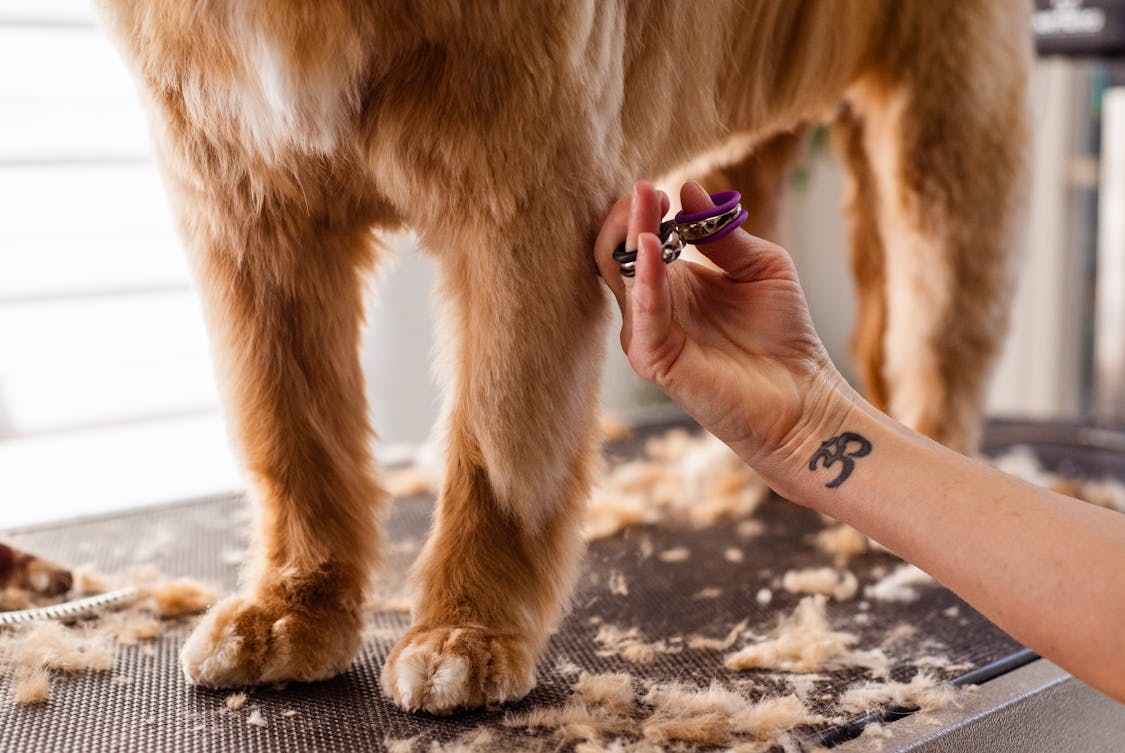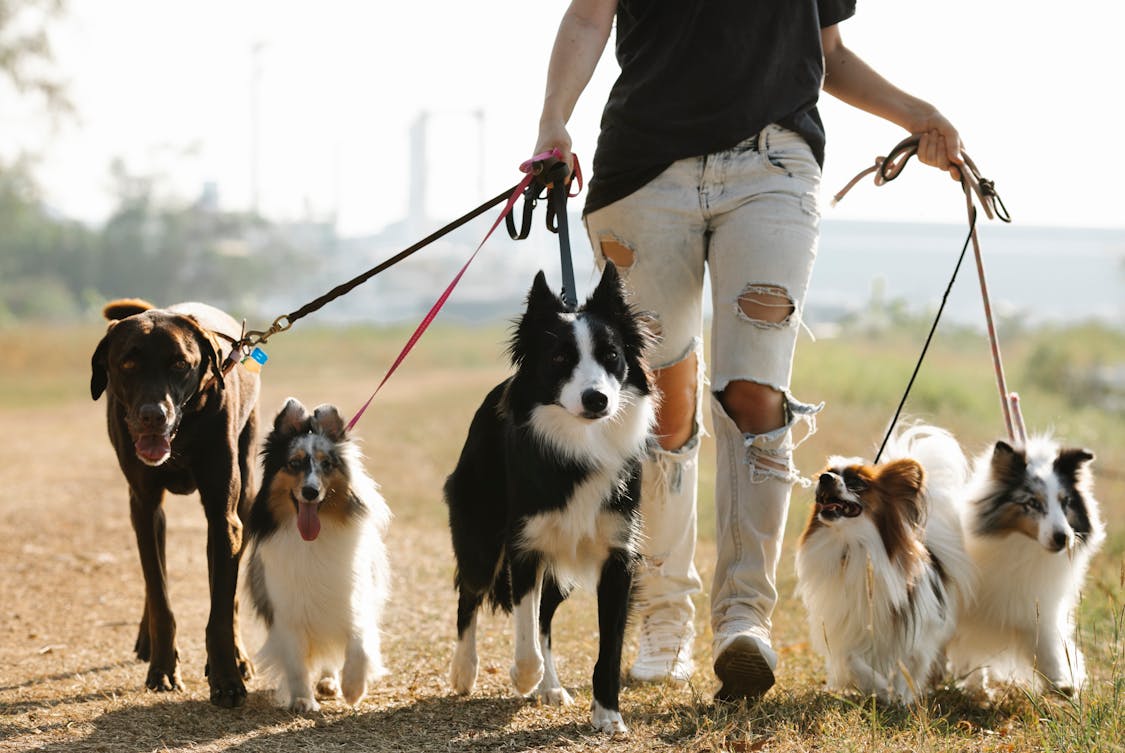Dogs thrive on pattern and predictability, but life gets messy and routines slip. Establishing a daily plan helps a pup stay fit, calm, and ready for whatever the day dumps on you both.
This article lays out practical steps that blend structure with wiggle room, letting you adapt to age, breed, and quirks.
Understanding Your Dog’s Daily Needs
Start by mapping the basics: activity, food, rest, and mental work, then tune those to size, age, and health. A young terrier may need bursts of sprint and chase, while older larger breeds want steady, lower-impact movement.
Think of the routine as a living document that grows as your dog does, shifting with seasons and life stages. Keep a log for a week and you’ll spot patterns that point to small, high-impact fixes.
Establishing a Morning Ritual
A predictable start helps set the tone for the whole day; feeding, a short walk, and a quick grooming check make sense. Mornings are prime time for firm but friendly cues, so use the same words and gestures to prompt behavior.
A brisk walk before breakfast wakes muscles and brains, and helps avoid frayed nerves later on. That simple block of time often pays off in calmer afternoons and quieter evenings.
Planning Exercise and Play
Fit activity to your dog’s breed instincts and energy levels rather than copying a neighbor’s schedule. High-energy dogs benefit from varied sessions — a fetch sprint, followed by problem-solving toys — whereas mellow types may prefer slow paced sniff walks.
If you share your home with small companions that love being active, consider short agility drills or indoor play sessions to channel their enthusiasm safely and productively.
Break sessions into several short bursts across the day to keep the body warm and the mind keen. Variety keeps things fresh, and fresh keeps unwanted behaviors at bay.
Feeding Schedules and Nutrition
Set regular meal windows instead of free-feeding, and match portions to activity and body condition, not package hype. Choose quality food that lists identifiable ingredients up front, and treat snacks as part of the daily caloric budget.
Mealtime cues help with training and build a sense of order, so use the same plate and feed spot when possible. Monitor weight with monthly checks; small changes in portion or activity can bring big shifts in condition.
Hydration and Safe Water Access
Fresh water should be available at all times, and bowls cleaned regularly to prevent slime and bacteria build-up. Place water stations away from high-traffic spots to let a dog sip in peace, and offer refill options when outdoor play ramps up.
For long walks or hot days carry a collapsible bowl so drinking remains simple and hygienic. Small habits like this prevent big headaches on warm afternoons.
Grooming and Dental Care

A quick brush, nail check, and ear glance each day keeps surprises to a minimum and builds trust in handling. Brushing teeth several times a week reduces tartar and the kind of vet bills you’d rather not face.
Schedule deeper grooming sessions on predictable days so far-off appointments don’t sneak up on you. Make grooming calm, praise-rich, and part of bonding rather than a chore to dread.
Training and Mental Stimulation
Rotate short training slots across the day — three to five minutes several times beats long, drawn-out sessions that lose focus. Use simple cues, reward real effort, and gradually raise the bar so the brain stays challenged without feeling punished.
Puzzle feeders, scent games, and basic obedience all fill mental space in ways that curb boredom-driven trouble. Keep a small trove of cheap rewards handy and swap them out so the novelty stays high.
Health Checkups and Preventive Care
Regular vet visits and up-to-date vaccinations keep problems small and manageable instead of big and expensive. Watch for subtle shifts — appetite, gait, coat sheen — and log anything odd to show the clinic; a short note can speed diagnosis.
Parasite control and dental cleanings are routine investments that save stress down the road. Build preventive tasks into your calendar so they happen without drama.
Sleep and Rest Patterns
Create a cozy, consistent sleeping nook that’s quiet and drawn from household traffic; dogs like predictability at rest. Match bedding and placement to breed needs — short-haired pups may need extra padding, while dense-coated breeds prefer cooler spots.
Respect nap times during the day and limit late-night excitement to keep circadian rhythms steady. A well-rested dog behaves better, learns faster, and is simply more pleasant company.
Adjusting Routines for Life Changes
When a major shift occurs — a move, a new baby, or a change in your work hours — tweak the plan in small steps rather than rewriting the whole script overnight. Gradual transitions help reduce stress and let your dog learn new cues without losing old comforts.
Keep favorite rituals intact where possible; those little anchors are surprisingly stabilizing. Track progress and be flexible: small corrections often steer things back on track faster than sweeping overhauls.

